Find Your Perfect Safari in the Wilderness of Northern Tanzania National Parks
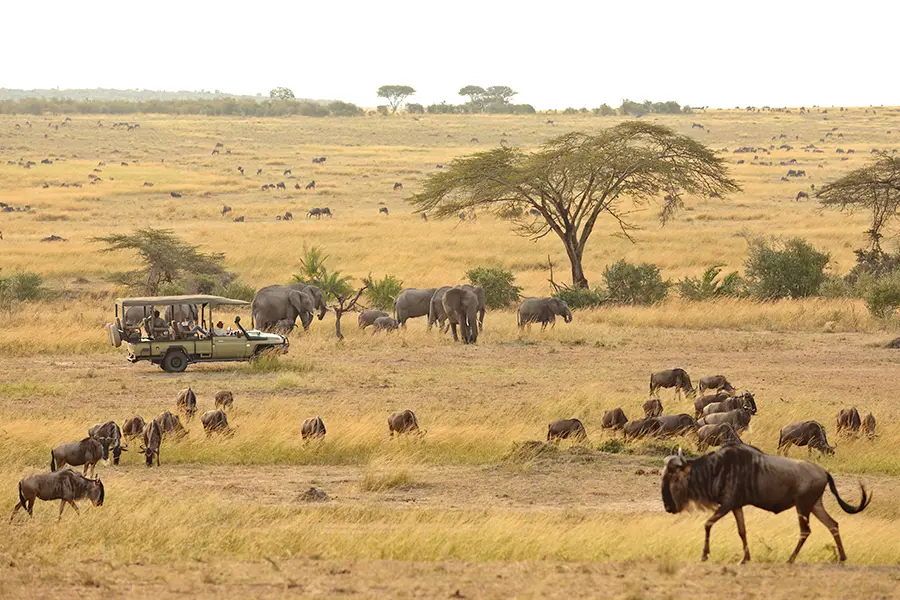
Are you ready for an unforgettable adventure? Imagine yourself surrounded by the vast plains of the Serengeti National Park. Imagine witnessing the breathtaking Great Migration, or standing on the edge of the world’s largest inactive volcanic caldera at Ngorongoro. Northern Tanzania circuit safaris bring you one on one with these adventures.
In this article, we will guide you through the wonders of the Northern Tanzania safari circuit. We’ll share the best destinations to visit to fully immerse yourself in the region’s stunning landscapes, incredible wildlife, and rich cultural experiences. But before then, here is how to reach us to start planning your Northern Tanzania Adventure.
Contact us to Start Planning Safari to Northern Tanzania
To book your safari, we invite you to contact us via phone or WhatsApp at +254-704-532-105. You can also connect with us via email at safarioffers@kenyaluxurysafari.co.uk or safarioffers@ajkenyasafaris.com.
Northern Tanzania Itinerary - Photos by Our Guests
Exploring the Northern Tanzania Safari Circuit
Northern Tanzania is home to some of the most celebrated safari destinations in the world. The famous parks of the Northern Tanzania Circuit include:
- Serengeti National Park
- Ngorongoro Crater
- Tarangire National Park
- Lake Manyara National Park
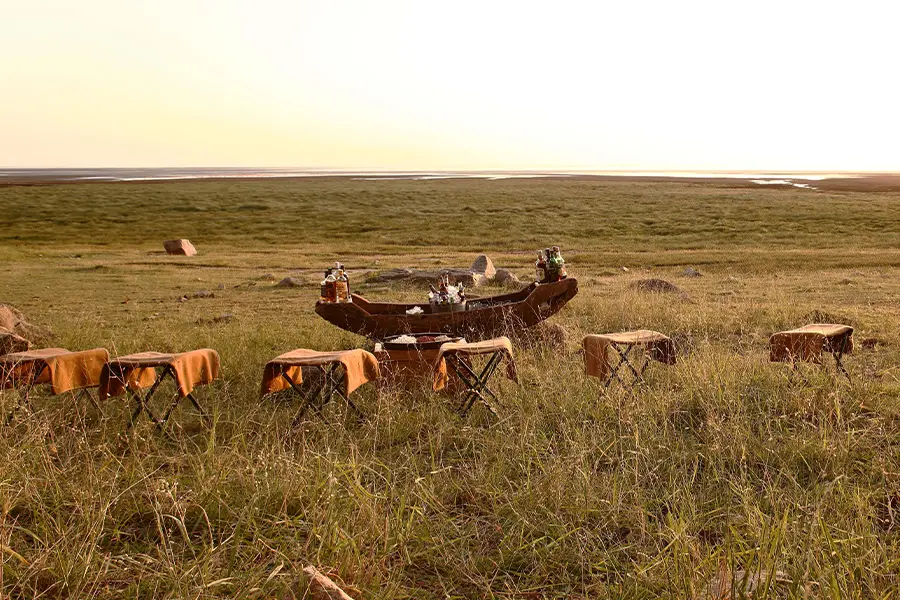
Each of these northern parks offers unique and awe-inspiring experiences. From the endless plains of the Serengeti to the unique ecosystem of the Ngorongoro Crater, you’ll be amazed by the variety of wildlife and landscapes that await you.
And the best part?
You can access these parks by light aircraft or by driving on a guided safari in a safari jeep, making your journey as thrilling as your destination.
Serengeti National Park
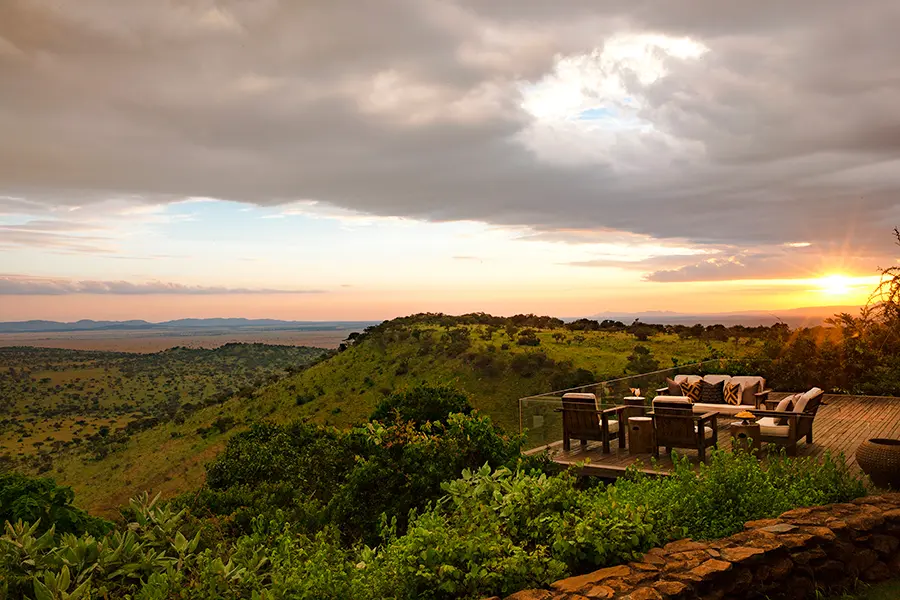
As a celebrated safari area, Serengeti National Park is a true gem. The word “Serengeti” means “endless plains,” which perfectly describes the park’s 30,000 square kilometers of breathtaking landscapes. Yes, Serengeti National Park is famous for its stunning vast plains, incredible abundance of wildlife, and the awe-inspiring Great Migration of wildebeest and zebras.
The Wildebeest Migration is an incredible phenomenon, with millions of wildebeest and zebras embarking on a perilous journey between Tanzania and Kenya, bravely facing the treacherous, crocodile-infested Mara River along the way.
During a game drive in the Serengeti National Park, you can witness over a million migrating wildebeest, zebra, and impala, creating a once-in-a-lifetime spectacle.
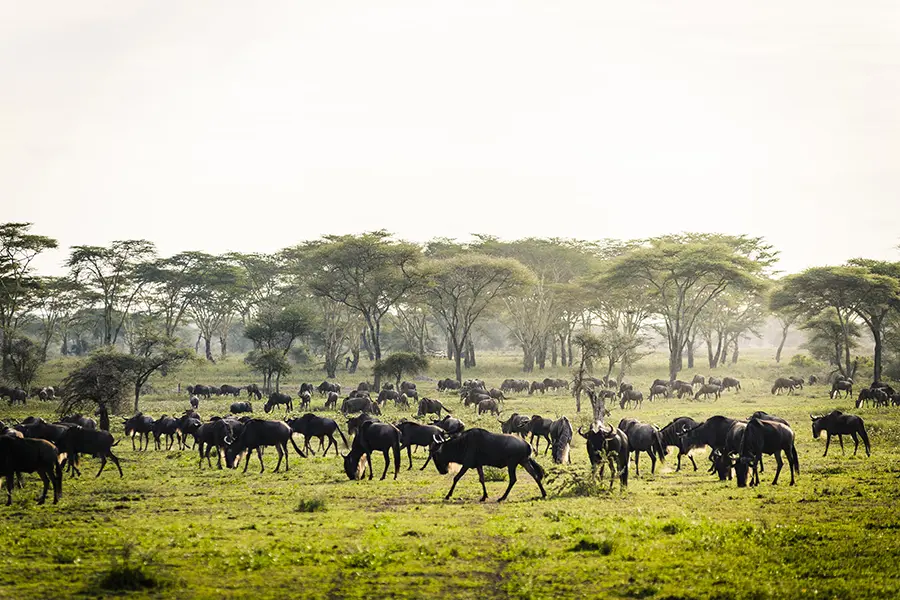
Further, the dry weather season, running from June to October, is renowned for its wonderful game-viewing opportunities. Animals congregate around available water sources during this part of the year, making these months especially popular for safaris.
In the months of December through to April wildebeest can be seen near Lake Ndutu in the southern region bordering Ngorongoro conservation area. It’s calving season. As thousands of calves come into this world, they learn quickly that predators are scouting for an easy meal and they can easily become that meal! Watching the animals is both thrilling, heart-thumping, and tear-jerking.
Serengeti National Park offers luxurious tented camps and lodges, where you can relax in style after a day of adventure.
Ngorongoro Crater
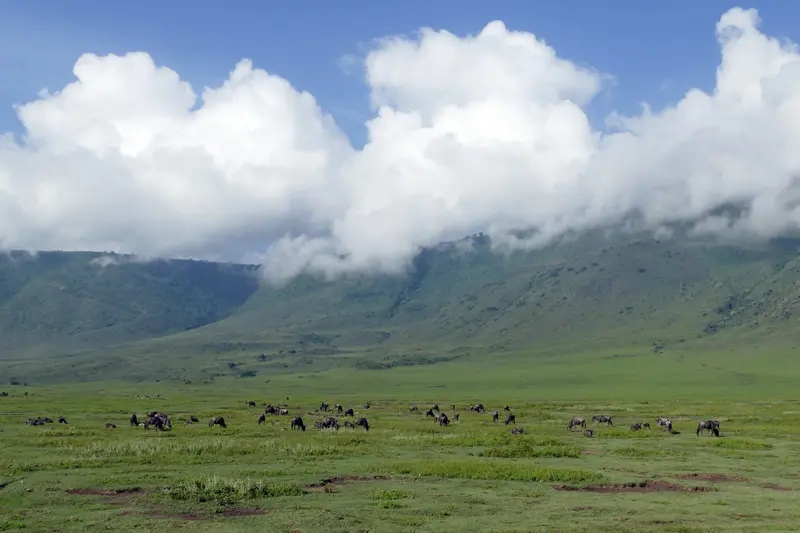
Ngorongoro Crater, located within the Ngorongoro Conservation Area, south of the Serengeti National Park, is a truly unique caldera. It boasts an amazingly diverse ecosystem and supports a wide variety of wild animals and habitats. A visit to the crater floor and you just might encounter:
- leopards
- lions
- buffalo
- wildebeest
- zebras
- gazelles
- Lesser flamingos and a host of bird species
The crater also supports an amazing range of habitats, from grasslands to forests. The dry season between June and September offers the most exciting game-viewing, while the rainy season between March and May is a peaceful time to visit.
The name “Ngorongoro” is derived from the Maasai language, meaning “the gift of life” or “the place where the cowbell rings”. The Maasai community can be found in the Ngorongoro Highlands around the crater – they have co-existed with the wildlife for centuries.
Similarly, there are several accommodation facilities in the Ngorongoro Highlands that provide exceptional views of the crater. As you stand on the crater rim of Ngorongoro Crater, you’ll be amazed by the natural beauty and the unique ecosystem that awaits you below.
Tarangire National Park
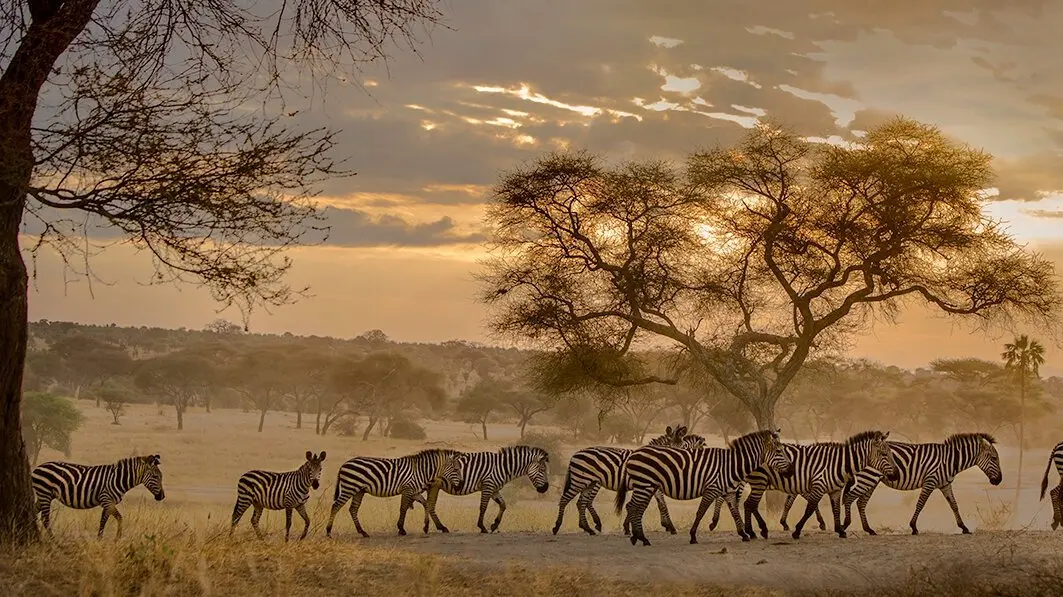
Oh, Tarangire National Park in the northern circuit is so amazing! It offers a mix of grasslands, woodlands, and those beautiful baobab trees. Some of the incredible animals you can spot during your visit to Tarangire National Park include:
- Vervet monkeys
- Giraffes
- Mongooses
- Baboons
- Cape buffalo
- Dik-diks
- Elands
- Gazelles
- Impalas
- Elephants
- Lions
The best time to see the migration of wildebeests and zebras is during the dry season, and the best time for bird watching is November – May.
The antional park is home to over 700 lions and is known for its huge herds of elephants. The Tarangire River, spanning across the park and providing a water source for its many inhabitants, is an essential lifeline for the park’s wildlife.
Lake Manyara National Park
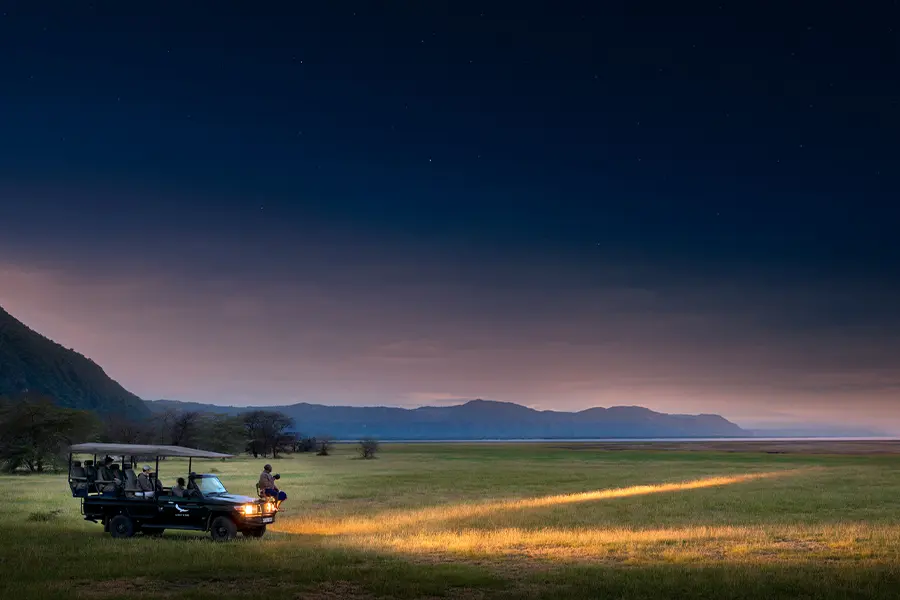
Lake Manyara National Park is world-renowned for its varied landscape. One of its key attractions is the thrilling soda waters of Lake Manyara. One-of-a-kind tree-climbing lions call this park home, offering a unique wilderness experience you will find in few places. The park is also home to a variety of bird species, including flamingos, pelicans, storks, and more, making it a paradise for birdwatchers.
The soda waters of Lake Manyara National Park provide an extraordinary habitat for a variety of flora and fauna, adding to the unique charm of this park. So, whether you’re a wildlife enthusiast or a bird lover, Lake Manyara National Park has something for everyone.
Planning Your Northern Tanzania Safari
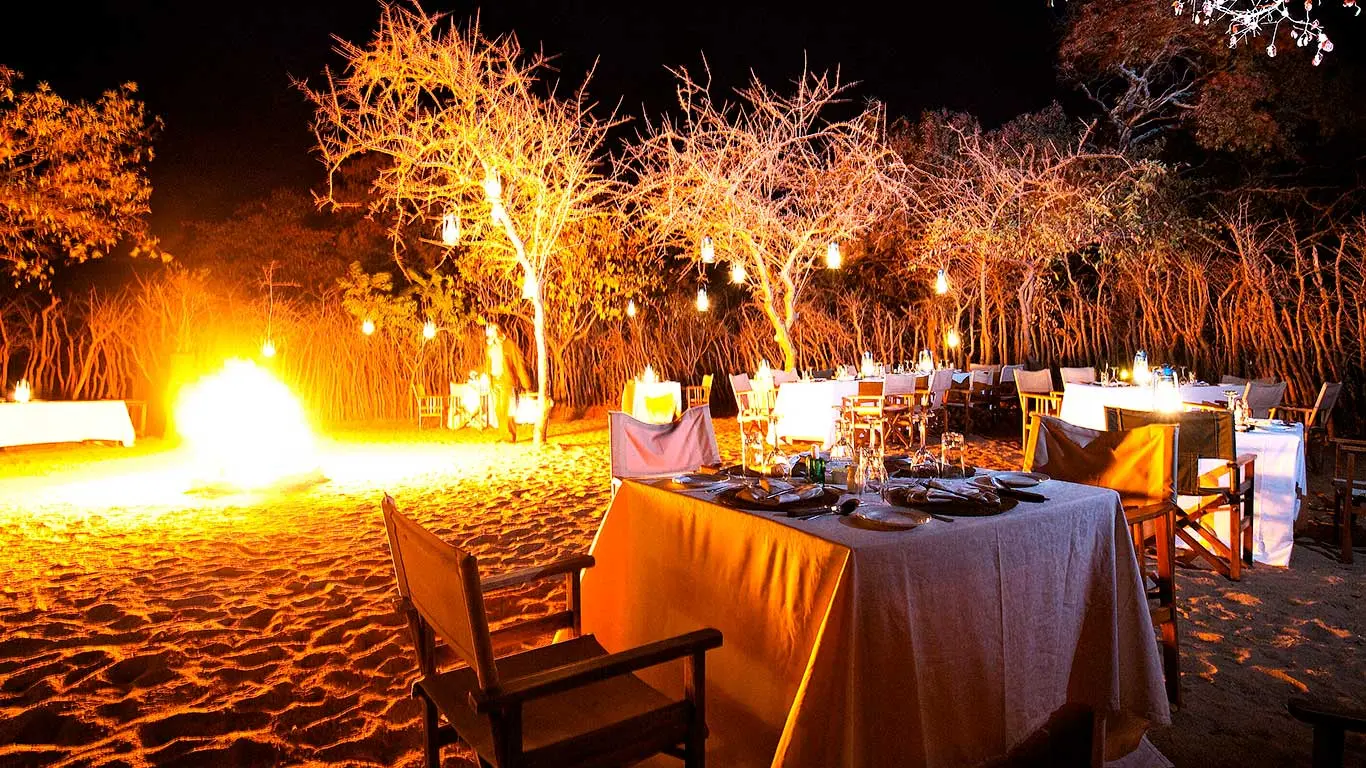
When you start planning your tour of Northern Tanzania, a range of factors will ensure an unforgettable experience. Consider the following:
- Parks on the northern circuit that you’d like to visit
- Optimal time to visit
- Various accommodation options
- Transportation modes – international flights and internal transfers
- Visa requirements
- Safari possibilities
Considering these factors will enhance your adventure.
Best Time to Visit
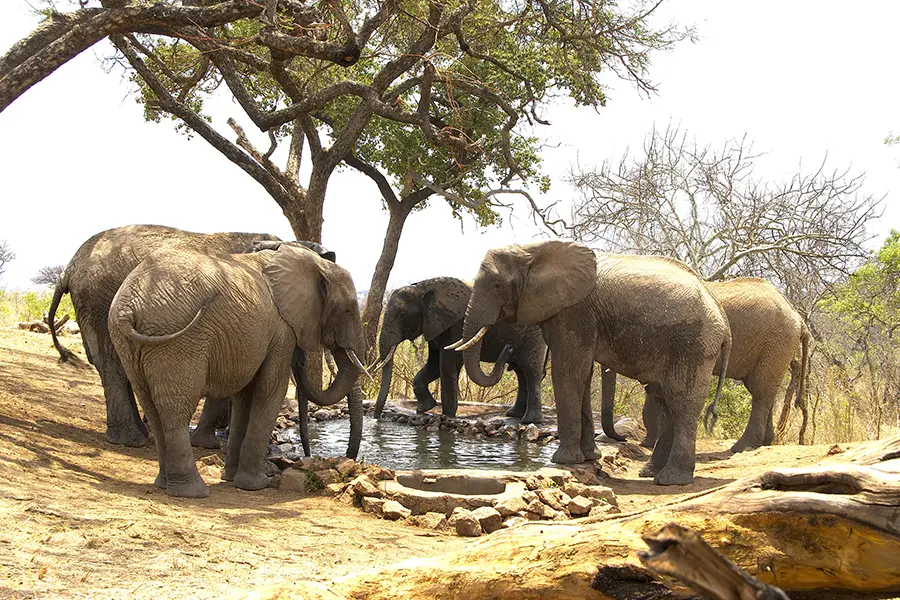
Ideally, a visit to Northern Tanzania should be planned during the dry season from June to October. This is the most exciting time for game viewing, as animals congregate around water sources, making it easier to spot them. Additionally, this season also aligns with the spectacular migration river crossings in the Serengeti, a sight not to be missed.
For a quieter experience in Northern Tanzania, the months of January, February, and November are worth considering. The Ngorongoro Crater, for example, is one of the busy areas in the peak season, but a safari in the quieter months can provide a totally different and enjoyable experience.
The Serengeti plains serve as the breeding grounds for the wildebeest in the months of December to May. Planning your safari around this time allows you to watch magnificent bulls engage in tough fights to win over interested females. All the while watching out for predators
These alternative months still offer amazing wilderness encounters, but with fewer tourists around, you can enjoy a more intimate experience.
Accommodation Options
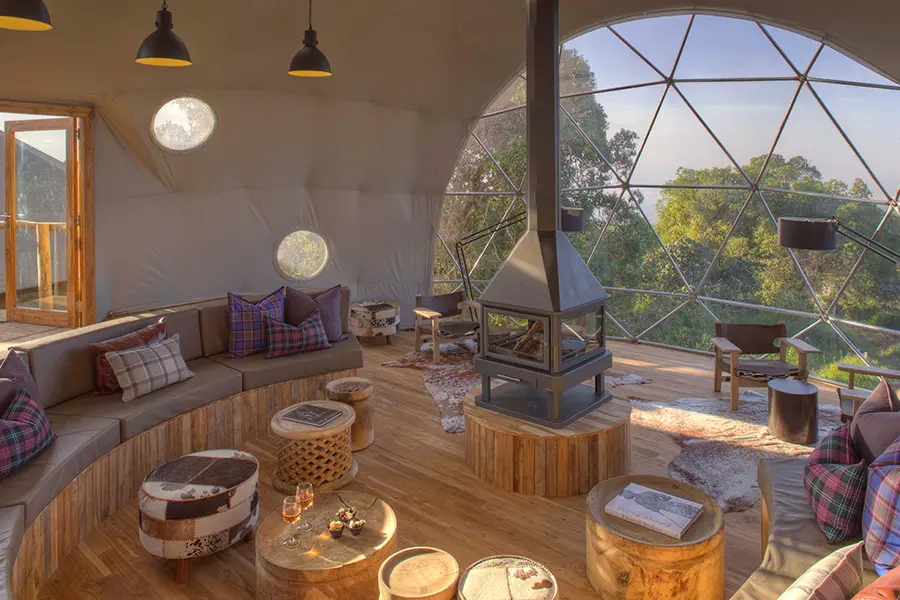
Your Northern Tanzania safari offers a variety of accommodation choices, from luxury lodges and tented camps to budget hotels – presenting an exciting range of possibilities!
Tented camps are a common type of accommodation in the Serengeti National Park, with some having luxurious four-poster beds and beautiful wood floors. At the top end, non-tented accommodations with stunning infinity pools are available, making your stay as memorable as the safari itself.
When choosing your accommodation, consider the type of experience you want to have and your budget. Staying in locally-owned accommodations is a great way to support local communities while enjoying an authentic Tanzanian experience. Whether you prefer the simplicity of a budget hostel or the opulence of a luxury lodge, you’ll find a wide range of options to suit your preferences.
Transportation Choices
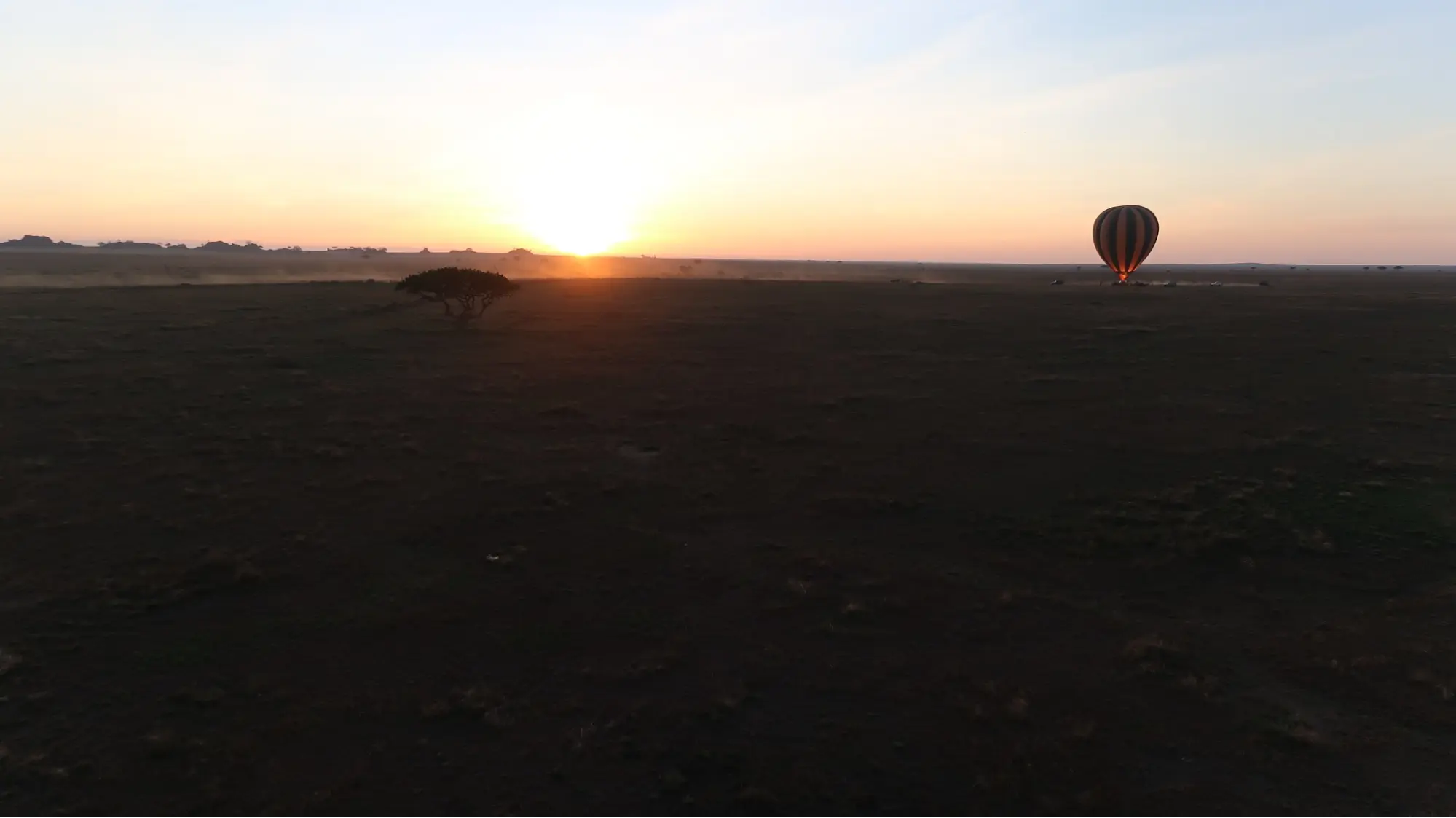
Your Northern Tanzania journey can be navigated using private vehicles, public transport, or hotel-provided guides – each option adding its own unique element to your adventure.
Choosing a safari truck as your mode of transportation is highly recommended for its safety, comfort, and superb game-viewing opportunities. High-end taxi services are also recommended for safe and secure travel in Tanzania.
Flying between locations in Northern Tanzania can be a convenient and time-saving option for those with a larger budget, especially when considering the cost of international flights. For example, flying from the Seronera airstrip in the Serengeti to Arusha Airport costs between $250-$600 per person, with an average flying time of 1.5 hours. You can also take a flight from Dar es Salaam or Zanzibar but given the distance, your flight will take just over 3 hours
So whether you’re on the driving circuit or soaring above them in a plane, your journey through Northern Tanzania’s breathtaking landscapes will be an adventure in itself.
Cultural Experiences in Northern Tanzania
Dive into the rich cultural tapestry of Northern Tanzania through visits to the Maasai, Hadzabe, and Datoga tribes. These indigenous people have maintained their traditional ways of life for centuries, offering an incredible opportunity to learn about their customs, beliefs, and connection to the land.
Prepare yourself for an enthralling exploration of Tanzania’s dynamic tribal heritage.
Maasai Tribe
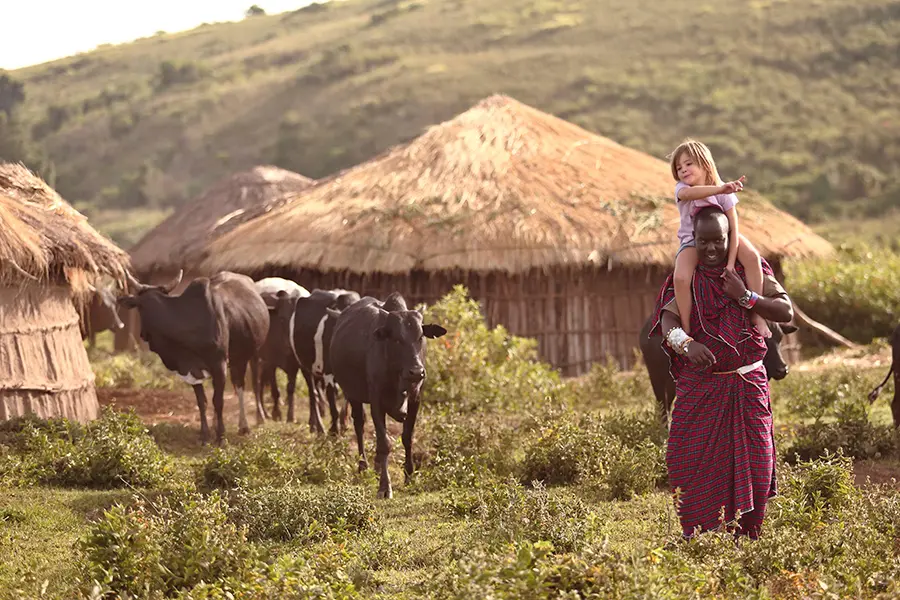
The Maasai tribe is an exciting Nilotic ethnic group that inhabits northern, central, and southern Kenya, as well as northern Tanzania. They are renowned for their nomadic and pastoralist lifestyle, moving their herds of cattle and goats to different pastures throughout the year. The Maasai are known for their vibrant culture, traditional dances, and cattle-herding lifestyle.
By visiting the Maasai tribe when touring the Serengeti National Park, you’ll have the opportunity to:
- Witness an exciting traditional dance with amazing vocals
- Learn about the Maasai’s fascinating way of life
- See their unique houses and animals, including sacred cows.
This unforgettable cultural experience will give you a deep appreciation for the Maasai’s strong connection to the land and their enduring traditions.
Hadzabe Tribe
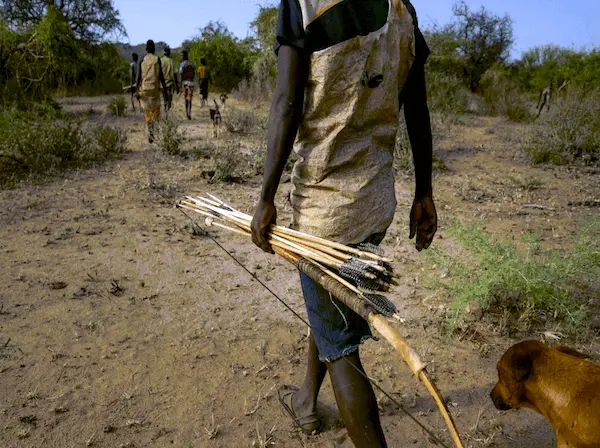
The Hadzabe tribe is one of the last remaining hunter-gatherer tribes in Africa, offering an incredible, unique glimpse into their traditional way of life. They are thrilled to explore Lake Eyasi and sleep in caves or simple nomadic huts during their journey. Lake Eyasi is located on the northern circuit on the way to both Serengeti National Park and Ngorongoro Conservation Area.
We can arrange an exhilarating visit to the Hadzabe tribe. During your visit, you’ll observe their daily activities like hunting, and gathering. This remarkable cultural experience will give you a new appreciation for the resilience and adaptability of the Hadzabe people, who have maintained their unique way of life for thousands of years.
Datoga Tribe
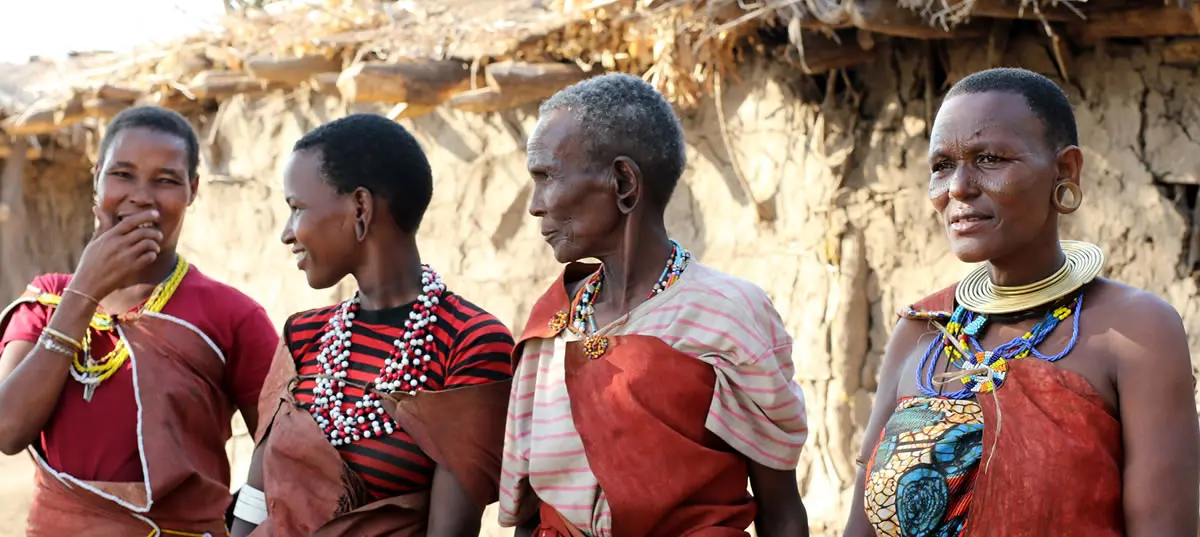
The Datoga tribe, also known as the Mang’ati in Swahili, is a semi-nomadic and pastoralist tribe in Tanzania, with Nilotic origins. They are incredibly skilled farmers and craftsmen, living in the northern part of Tanzania, particularly in the Karatu District of the Arusha Region and around Lake Eyasi in the Rift Valley.
The Datoga tribe is incredibly skilled in blacksmithing, and crafting amazing metal tools and jewelry. By visiting the Datoga tribe, you’ll have the opportunity to observe their craftsmanship firsthand, learn about their pastoralist lifestyle, and gain a deeper understanding of their cultural practices.
Balancing Wildlife and Scenic Attractions
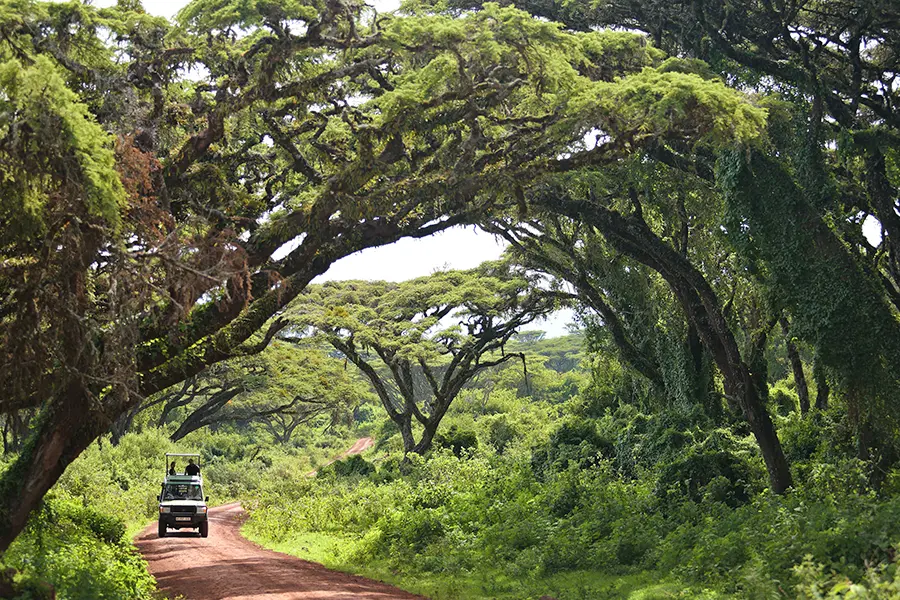
For a comprehensive experience of Northern Tanzania’s wonders, a balance between wildlife hotspots and scenic attractions is key. By combining game drives in the region’s famous national parks with visits to stunning landscapes and cultural experiences, you’ll create a well-rounded and unforgettable Tanzania safaris adventure.
Wildlife Hotspots
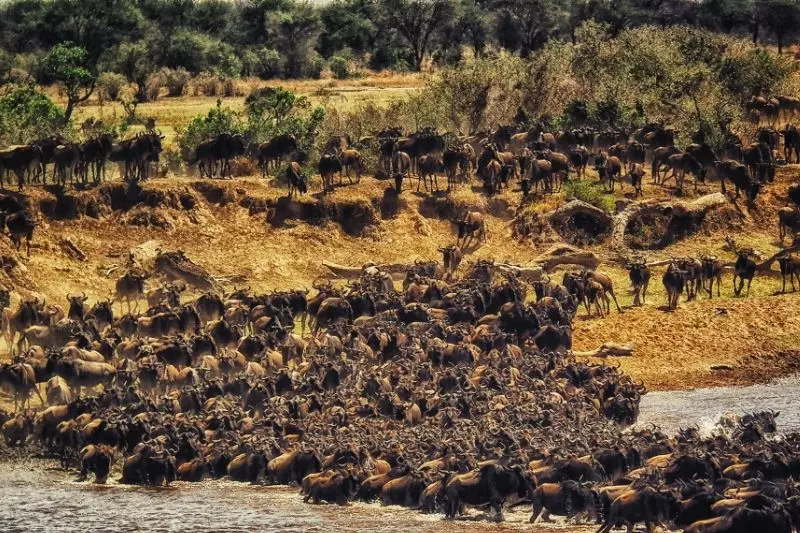
Notable wildlife hotspots in Northern Tanzania encompass the Serengeti National Park, Ngorongoro Crater, and Tarangire National Park. Each park offers unique opportunities to see a variety of animals in their natural habitats, making your safari experience truly unforgettable.
The Serengeti National Park is home to the legendary Great Migration, where millions of wildebeest and zebras travel between Tanzania and Kenya. Ngorongoro Crater, the world’s largest inactive volcanic caldera, boasts a unique ecosystem and an abundance of wild animals.
Tarangire National Park, not far from Arusha National Park, is renowned for its huge herds of elephants and iconic baobab trees.
Scenic Highlights
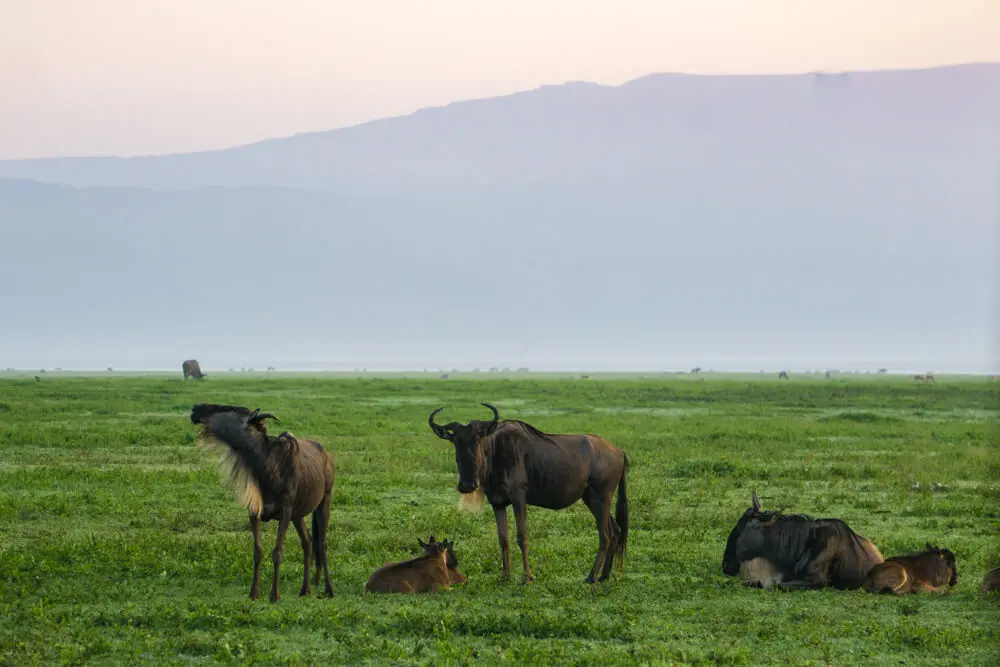
In addition to the incredible wildlife, Northern Tanzania also offers a wealth of breathtaking scenic highlights. The vast plains of the northern Serengeti, the unique ecosystem of Ngorongoro Crater, and the picturesque landscapes of Tarangire and Lake Manyara National Parks all contribute to the region’s natural beauty.
The Great Rift Valley offers dramatic views, unique geological features, and a chance to explore the Rift Valley lakes. While the Ngorongoro Highlands provide spectacular scenery and a chance to experience traditional Maasai culture.
Responsible Tourism in Northern Tanzania
As you set out on your safari, remember the significance of practicing responsible tourism. Supporting local communities, participating in conservation efforts, and minimizing environmental impact contribute to the sustainability of this remarkable region for future generations.
Supporting Local Communities
Supporting local communities can be achieved by opting for locally-owned accommodations, visiting and buying souvenirs from artisans in the local communities, and employing local guides. By investing in local businesses, you’re not only contributing to the local economy but also helping to preserve the culture and traditions of the area.
Conservation Efforts
Participating in conservation efforts is an important aspect of responsible tourism in Northern Tanzania. By choosing wildlife tourism over trophy hunting, you’re helping to protect wildlife and preserve their habitats.
Visiting national parks and reserves that prioritize wildlife protection and habitat preservation is another way to support conservation efforts in the region. By paying entrance fees and following park guidelines, you’re contributing to the ongoing conservation work that helps maintain these incredible ecosystems and protect the species that inhabit them.
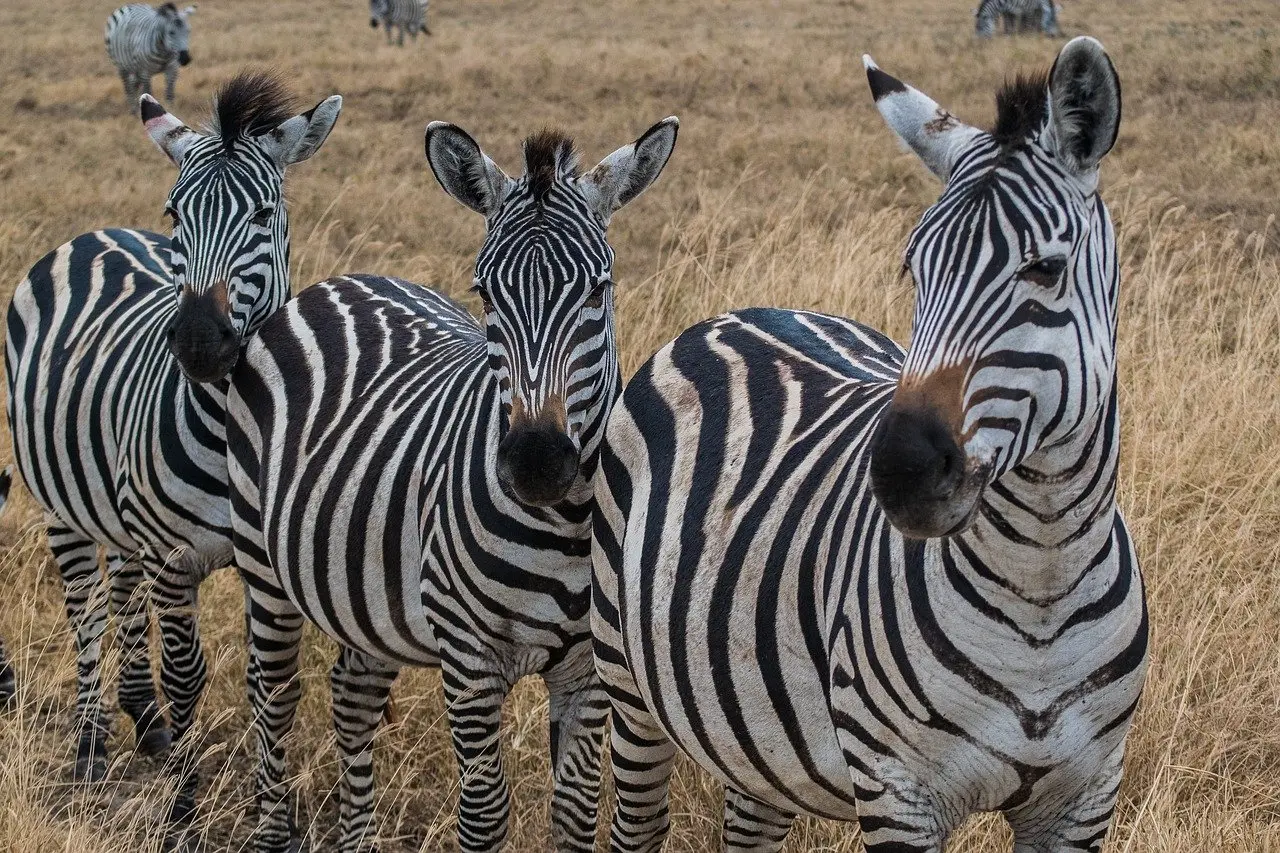
Minimizing Environmental Impact
Another important aspect of responsible tourism is minimizing your environmental impact. By choosing eco-friendly accommodations, you’re reducing your carbon footprint and supporting sustainable practices in the region.
During your safari, be mindful of your waste by bringing reusable water bottles, avoiding single-use plastics, and bringing reusable shopping bags. Also, follow park guidelines to protect the environment by staying on designated trails, and not feeding or disturbing the animals. By doing so, you’re helping to preserve the natural beauty of Northern Tanzania for future generations to enjoy.
User Guide
The Northern Tanzania circuit is jam-packed with thrilling activities for its visitors. You can tour one or more parks, go on guided safari walks with an experienced guide, or relax and enjoy the wilderness in front of you. Better yet, visit the local communities that have maintained thousand-year-old traditions for a peak into their daily lives. There is much to see, sample, and enjoy.
- Explore the wonders of Northern Tanzania’s acclaimed Safari Circuit!
- Discover incredible wildlife and breathtaking sights with luxurious camping & thrilling Great Migration!
- Support local communities, and conservation efforts & minimize environmental impact for an unforgettable safari experience!
Frequently Asked Questions
Frequently asked questions about northern Tanzania safari packages:
What is Northern Tanzania?
Northern Tanzania is an East African paradise.It boasts some of the continent’s most impressive parks – Serengeti National Park, Ngorongoro Conservation Area, Lake Manyara National Park and Tarangire National Park. Come explore this incredible destination!
What Countries Make Up Tanzania?
Tanzania is composed of the union between Tanganyika and Zanzibar, located in Africa’s east coast. It is bordered by Kenya and Uganda to the north, Rwanda, Burundi and the DRC to the west, and Zambia, Malawi, and Mozambique to the south. Its highest point is Mount Kilimanjaro.
What Is the Best Time of Year To Visit Northern Tanzania?
Experience Northern Tanzania in its prime by visiting between June and October for the best possible weather, stunning wildlife viewing opportunities, and an overall unforgettable experience!
What Wildlife Can I Expect To See on a Northern Tanzania Safari?
Prepare to be amazed! On a tour of Northern Tanzania, you can experience the incredible wildlife including lions, elephants, leopards, buffalo, wildebeest, zebras, and gazelles. These animals call the Serengeti National Park, Ngorongoro Crater, Tarangire National Park, and Lake Manyara National Park home.
What Are Some of the Cultural Experiences I Can Have in Northern Tanzania?
Experience the fascinating culture of Northern Tanzania by visiting the Maasai, Hadzabe, and Datoga tribes, and exploring their customs, beliefs, and traditional way of life – an amazing cultural journey awaits!
